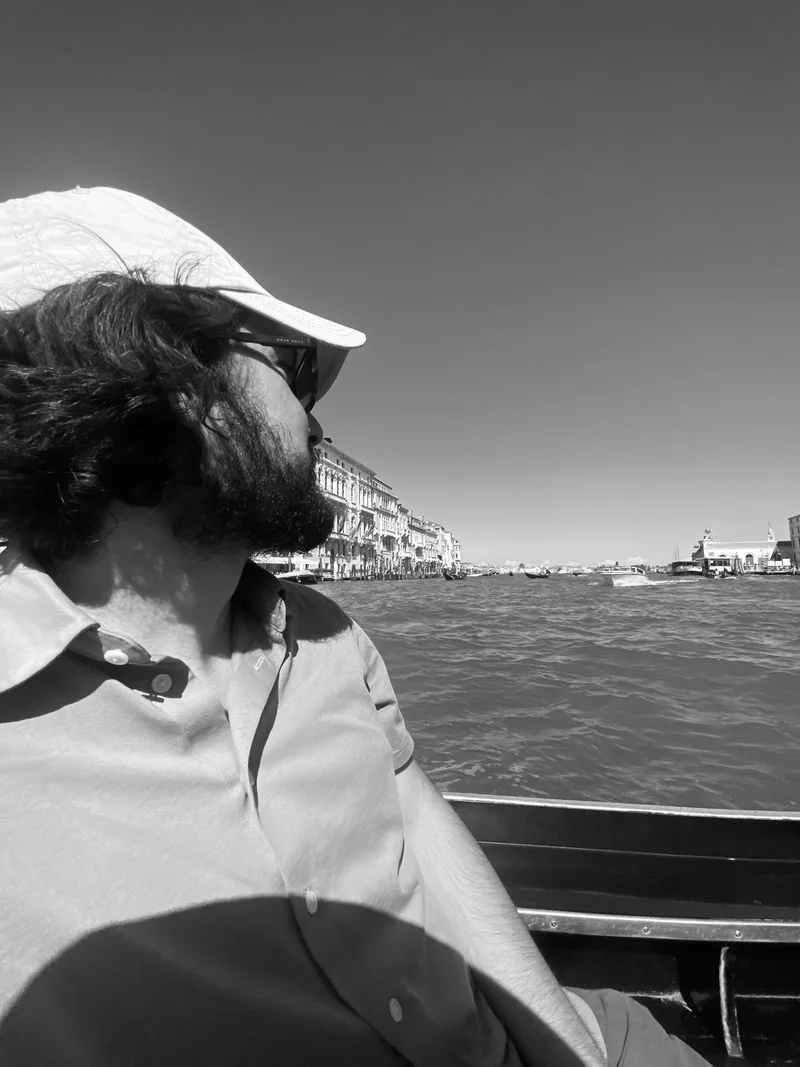
Discover Conservation in Action: The Citizen Scientist Program in the Galápagos | Travel Blog
The Galapagos Islands function as a vivid demonstration of nature's strength because this vulnerable environment needs both recognition and protective efforts. At Voyagers Travel Company, we believe that travel can and should contribute to conservation. Our vision is brought to life through partnerships with operators that stand for responsible practices, such as the M/C Galapagos Seaman Journey that runs the Citizen Scientist.
Key takeaways:
- The Citizen Scientist Program permits travelers going aboard the Seaman Journey to have the opportunity to participate in whale research activities and marine conservation efforts.
- Scientists use image data to identify whales by tracking their movements throughout the Pacific Ocean.
- The training program teaches participants to observe wildlife properly while supporting biodiversity research initiatives.
- The project demonstrates Voyagers' dedication to purposeful travel and scientific research work in the Galapagos.
Table of content
- A Shared Mission for Conservation
- How the Program Works
• Step-by-Step Involment - The Species You Help Protect
• Humpback Whale
• Sperm Whale
• Bryde’s Whale
• Sei Whale
• Minke Whale - A Learning Experience at Sea
• Guided by Knowledgeable Experts
• A Model for Responsible Tourism - From Observation to Action
- Purposeful Travel in Action
- FAQs
• What is the goal of the Citizen Scientist Program?
• Where is the program carried out?
• How are the photos used?
• Which whale species can participants observe?
• How can travelers join?
• How can travelers book a cruise to the Galápagos or Antarctica?
A Shared Mission for Conservation
Voyagers Travel Company connects with local organizations that maintain their dedication to sustainable tourism practices and environmental protection efforts. The Galapagos Seaman Journey stands as a vital element among these expeditions because it enables explorers to shift from watching to actively joining in. People who board this ship have access to the Citizen Scientist Program, which combines their tourist experience with scientific marine exploration.
Guests must take photos of whales while recording the exact time and place as well as what the whales were doing during their navigation. Scientists use this gathered data to understand whale movements through the Pacific Ocean and track their population numbers.

How the Program Works
The program continues for all participants due to as it not require scientific knowledge or specialized equipment to participate. The main thing is curiosity, observation, and respect for wildlife.

Step-by-Step Involment
- Set your camera or phone to local Galapagos time.
- Use automatic mode for better photo quality.
- Focus on the whale’s tale, fins, and distinctive markings.
- Minimize the disruption by avoiding flash or loud noises
- Share your photos and their coordinates with the onboard crew to upload them to the worldwide research platform.
Travelers can also upload their own photos via the Citizen Scientist Platform, contributing directly to the data.
The Species You Help Protect
The health of the oceans depends very much on whales. These animals play a huge role in keeping the natural balance of ocean ecosystems. This program allows travelers the opportunity to participate in scientific research while discovering unknown species that are part of the Galapagos Islands.
Humpback Whale
This species shows its distinctive tail patterns in black and white colors and appears most often from June to September.

Sperm Whale
The animal shows its identity through its big square-shaped head which enables it to dive deeply and stay underwater for long periods while it lives in small groups.

Bryde’s Whale
The baleen whale shows a smooth body with three head ridges which it uses to navigate coastal waters throughout every season.

Sei Whale
The baleen whale species Sei Whale exists as a quick-moving species which inhabits the deep ocean waters away from the coast. Its slender body and curved dorsal fin distinguish it from other species in the region.

Minke Whale
The baleen whale with the smallest size range appears near the islands during cold seasons which enhances the diverse marine life of the Galapagos ecosystem.

A Learning Experience at Sea
The Citizen Scientist Program provides educational opportunities which go beyond basic participation.
The process of data collection enables travelers to grasp the vital connection between marine ecosystems and the protection of migratory species.
Guided by Knowledgeable Experts
The naturalists on board present information about whale behavior and ecology and conservation efforts which allows participants to link their experience to the scientific study of marine environments.
A Model for Responsible Tourism
The program shows Voyagers' dedication to education and sustainability through its design to make exploration activities beneficial for all visited locations.

From Observation to Action
Each participant receives a digital certificate recognizing their collaboration in scientific research and whale protection.
Every traveler holds the ability to create lasting impacts thro.ugh their observations which convert into data for worldwide conservation networks as shown by this award.
Purposeful Travel in Action
The Citizen Scientist Program represents Voyagers Travel Company’s commitment to transforming tourism into a platform for conservation.
The Seaman Journey project, supported by Voyagers Travel Company creates a system of sustainable travel solutions which protect biodiversity while helping visitors develop stronger bonds with natural environments.
Scientists gain new knowledge about ocean life and Galapagos wildlife through each photograph taken and every whale identification and observation record which proves that organized travel creates lasting positive effects in the Galapagos.
FAQs
1. What is the goal of the Citizen Scientist Program?
The program allows interested travelers to support whale research and protection efforts by taking pictures and gathering scientific information.
2. Where is the program carried out?
It is implemented aboard the M/C Galapagos Seaman Journey, a partner vessel of Voyagers Travel Company.
3. How are the photos used?
They are added to an international scientific database that tracks whale migration and population health.
4. Which whale species can participants observe?
Humpback, sperm, and Bryde’s whales are regularly the most recognized species in the islands.
5. How can travelers join?
Guests participating in Voyagers’ Galapagos programs can take part in the Citizen Scientist initiative and upload photos at csp.voyagers.travel
6. How can travelers book a cruise to the Galapagos or Antarctica?
Travelers can book their Galapagos cruise directly through the Voyagers Travel Galapagos page, or plan their journey to the White Continent through the Antarctica section.
Check Our Galapagos Cruises:

I once read that the journey of a thousand mile begins with a single step, and I thought to myself that this quote truly identifies me. I started travelling around Ecuador early; at the age of five. My grandfather has always been into mountaineering for as long as I can remember, so travelling to different parts of Ecuador to climb or visit a new mountain was something that we used to do often. I remember the first time we went on a family excursion, and from the first moment I was hooked. One of the wonders of mountaineering apart from the thrill and excitement you get at a certain height, is the chance you get to relish the scenic beauty of nature.
I love not only the experience but the thrill of visiting a new place. Getting out of my comfort zone inspires me to taste new flavours, see new places and experience new cultures. Having the opportunity to explore new surroundings and engage with different people and different cultures is by itself rewarding enough. Now as a blogger, having the chance to share new places and meaningful experiences with my audience is one of the things I love about my job



